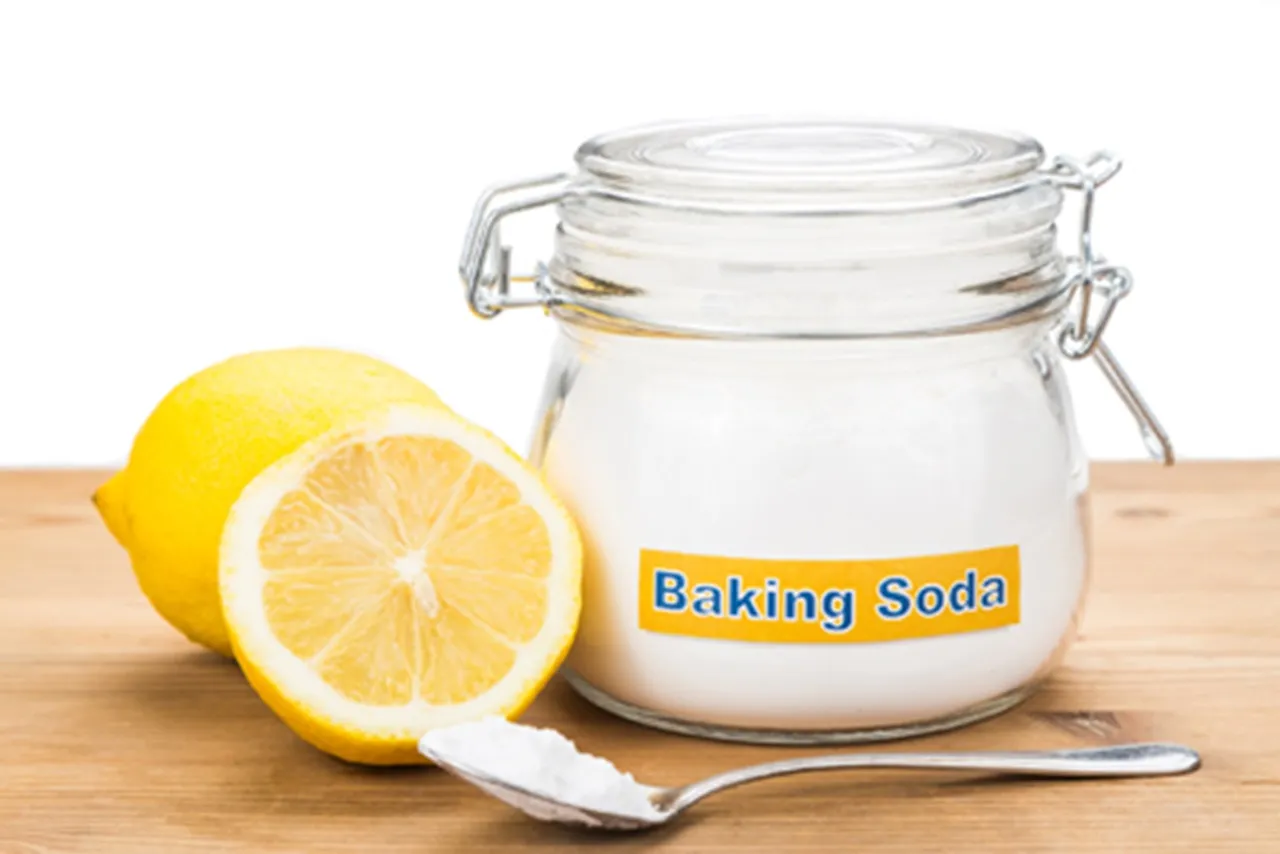Achieving a brighter smile is a common goal, and many people are seeking natural and cost-effective methods. One of the most popular solutions is using baking soda for teeth whitening. This article explores how baking soda can help brighten your smile, how to use it safely, and alternative methods for natural teeth whitening. We’ll delve into the science behind its effectiveness, the benefits it offers, and the potential risks to ensure you make an informed decision about your oral health. Discover how you can achieve a radiant smile using simple ingredients and proven techniques.
What is Baking Soda and How Does It Work for Teeth Whitening
Baking soda, also known as sodium bicarbonate, is a common household item with various applications, including teeth whitening. Its effectiveness in oral care stems from its mild abrasive properties. When used on teeth, baking soda helps remove surface stains caused by coffee, tea, wine, and other staining agents. The gritty texture of baking soda gently scrubs away these stains, revealing the natural whiteness of your teeth. Moreover, baking soda can help neutralize acids in the mouth, contributing to a cleaner environment and promoting better oral hygiene. It’s a simple yet effective ingredient that has been used for generations to maintain a bright and healthy smile. This method is a great option if you want to know how to whiten teeth naturally.
The Science Behind Baking Soda’s Whitening Power
The whitening power of baking soda lies in its chemical and physical properties. Chemically, baking soda is a mild abrasive and a weak base, which means it can help neutralize acids in the mouth. Acids can erode enamel and contribute to tooth discoloration. By neutralizing these acids, baking soda helps to create a healthier oral environment that is less prone to staining. Physically, baking soda’s fine particles act as a gentle abrasive. As you brush with baking soda, these particles help to scrub away surface stains from your teeth. The process is similar to how a mild cleanser removes dirt and grime from a surface. The abrasive action of baking soda, coupled with its ability to neutralize acids, makes it a simple yet effective tool for teeth whitening. It’s important to use it correctly to avoid any potential damage to the enamel.
Baking Soda’s Abrasive Action
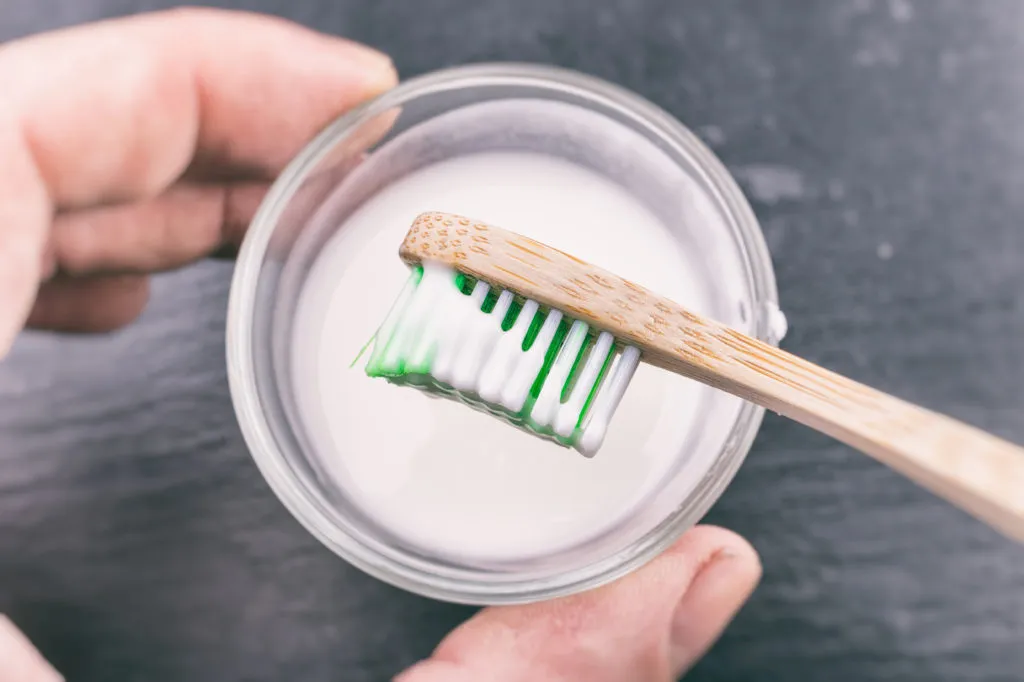
Baking soda’s abrasive action is key to its teeth-whitening capabilities. It works by gently removing stains from the enamel surface. The microscopic particles of baking soda act like tiny scrubbing agents, loosening and lifting away stains caused by food, drinks, and other substances. Unlike harsh chemical treatments, baking soda’s abrasion is mild, making it suitable for regular use when used correctly. However, it is essential to use the right technique and avoid excessive force. Too much pressure can potentially damage the enamel over time, highlighting the importance of a gentle approach. Understanding this abrasive action is crucial to harnessing the benefits of baking soda for teeth whitening while minimizing any risks.
Benefits of Using Baking Soda for Teeth Whitening
Using baking soda for teeth whitening offers several advantages. It is a natural and readily available solution, making it a popular choice for those seeking alternatives to commercial whitening products. Baking soda is also significantly more affordable, making it accessible to a wider audience. Additionally, it helps in removing surface stains, leading to a visibly brighter smile. By neutralizing acids in the mouth, baking soda also supports better oral hygiene. Furthermore, using baking soda is a simple process. It can be easily incorporated into your daily routine. These benefits make baking soda a practical and effective option for achieving a brighter smile.
Natural and Affordable Teeth Whitening Solution
One of the primary benefits of using baking soda for teeth whitening is its natural composition and affordability. Unlike many commercial teeth-whitening products that contain chemicals, baking soda is a simple, naturally occurring substance. This appeals to individuals who prefer natural alternatives for their health and beauty routines. Furthermore, baking soda is incredibly cost-effective. It is a common household item that can be purchased at a low price, making teeth whitening accessible to almost everyone. This combination of natural ingredients and affordability makes baking soda an attractive and practical choice for those looking to brighten their smiles without breaking the bank. It’s a testament to the power of simplicity and natural remedies in achieving effective results.
Easy to Find and Use
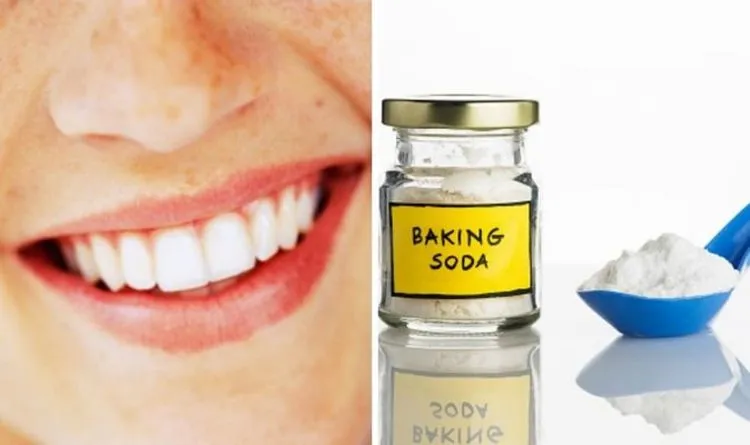
Besides being natural and affordable, baking soda’s ease of availability and use is another significant advantage. Baking soda is a staple in most kitchens and is readily available in supermarkets, pharmacies, and online retailers. You don’t need to go to a specialty store to find it, making it a convenient option for anyone looking to whiten their teeth. The usage is equally straightforward; you can easily incorporate baking soda into your existing oral hygiene routine. Whether you mix it with water to create a paste or add it to your regular toothpaste, it’s a simple addition that requires minimal effort. This ease of access and application makes baking soda a practical and user-friendly choice for anyone looking to brighten their smile with minimal hassle.
How to Use Baking Soda for Teeth Whitening
Using baking soda for teeth whitening is a straightforward process, but it’s important to do it correctly to maximize its benefits and minimize any potential risks. There are a few different methods you can use, each with its own variations. The most basic method involves mixing baking soda with water to create a paste. You can then apply this paste to your toothbrush and gently brush your teeth. Another popular option is to add a small amount of baking soda to your regular toothpaste, enhancing its whitening effect. For those looking to enhance the whitening power, combining baking soda with other natural ingredients, such as coconut oil or lemon juice, is an option. However, it’s essential to use these methods in moderation and with caution. Remember to brush gently and not to overdo it, as excessive brushing can damage your enamel. It’s always recommended to consult with a dentist if you have concerns about your oral health or any potential side effects.
Baking Soda Whitening Paste Recipe
Creating a simple baking soda whitening paste is a foundational step in using this method effectively. The basic recipe involves mixing baking soda with water to form a paste. Start with a small amount of baking soda, about a teaspoon, and gradually add water, a few drops at a time, until you reach a paste-like consistency. The paste should not be too thick or too thin, making it easy to apply and brush onto your teeth. Ensure all the baking soda is moistened to prevent it from being too abrasive. Once the paste is ready, you can apply it to your toothbrush and gently brush your teeth for about two minutes. Be careful not to apply excessive pressure. After brushing, rinse your mouth thoroughly with water. This simple recipe is a great starting point for naturally whitening your teeth. Regular use, combined with proper brushing technique, can help maintain a brighter and healthier smile.
Mixing Baking Soda with Water
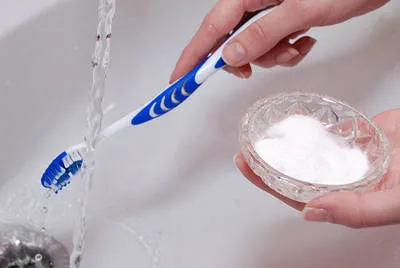
Mixing baking soda with water is the simplest and most common way to use it for teeth whitening. As mentioned earlier, start by combining a teaspoon of baking soda with just enough water to create a paste. The key is to achieve the right consistency. The paste should be thick enough to adhere to your toothbrush but not so thick that it is difficult to spread. Once the paste is ready, apply it to your toothbrush. Brush your teeth gently, using small, circular motions, paying attention to all surfaces of your teeth. The aim is to remove surface stains without being overly abrasive. After brushing for about two minutes, rinse your mouth thoroughly with water. This method is a good starting point, and it can be done a few times a week, or as directed by your dentist. Consistency, along with proper technique, is important for achieving the best results.
Mixing Baking Soda with Coconut Oil
Combining baking soda with coconut oil is a popular method that enhances the benefits of teeth whitening. Coconut oil is known for its antibacterial properties, which can help reduce plaque and bacteria in your mouth, contributing to overall oral health. To create this mixture, mix one tablespoon of coconut oil with one to two teaspoons of baking soda. The coconut oil will act as a carrier, helping the baking soda to spread more easily and potentially reducing its abrasive effect. Blend the ingredients until a paste forms. Apply this paste to your toothbrush and gently brush your teeth for about two minutes. Afterwards, rinse your mouth thoroughly with water. The combination of the gentle abrasion of baking soda and the benefits of coconut oil creates a powerful, yet natural, teeth-whitening solution. This method can be a good addition to your regular oral hygiene routine, but it is important to monitor the effect on your teeth and gums.
Mixing Baking Soda with Lemon Juice
While mixing baking soda with lemon juice may seem like a potent teeth-whitening solution, it is essential to approach this method with caution due to the potential risks involved. Lemon juice is acidic, and when combined with the abrasive nature of baking soda, it can erode tooth enamel over time. This can lead to increased tooth sensitivity and vulnerability to decay. If you choose to use this method, use it sparingly, perhaps once a week or less. To use this mixture, combine a small amount of baking soda with a few drops of lemon juice until you get a paste. Apply this mixture to your teeth for no more than a minute, then rinse your mouth thoroughly. Given the acidity of lemon juice, it is crucial to monitor your teeth for any signs of increased sensitivity or damage. It is also a good idea to consult with your dentist before trying this method to make sure it is suitable for your oral health.
Precautions and Potential Risks
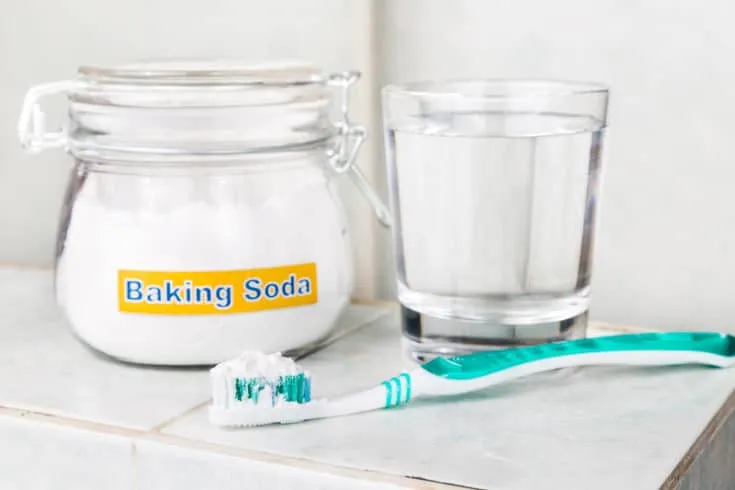
While baking soda can be an effective teeth-whitening agent, it’s important to be aware of potential risks and take necessary precautions. Overuse or improper use can lead to several adverse effects, including increased tooth sensitivity, enamel erosion, and gum irritation. Enamel erosion is a serious concern, as it can make your teeth more susceptible to cavities and damage. It’s crucial to brush gently and avoid applying too much pressure. Additionally, it’s essential to use baking soda in moderation. Overusing it can cause more harm than good. If you experience any discomfort or notice changes in your teeth or gums, it’s important to discontinue use and consult your dentist. By being aware of these risks and taking appropriate precautions, you can safely incorporate baking soda into your oral hygiene routine. Always remember, the health of your teeth and gums is paramount.
Sensitivity and Irritation Concerns
One of the most common side effects of using baking soda for teeth whitening is increased tooth sensitivity and gum irritation. The abrasive nature of baking soda can wear down the enamel, the protective outer layer of your teeth, making them more sensitive to hot and cold temperatures. This can be particularly noticeable for people who already have sensitive teeth. In addition, aggressive brushing with baking soda can irritate the gums, leading to inflammation, redness, and even bleeding. If you experience any of these symptoms, it’s essential to reduce the frequency of use or discontinue using baking soda altogether. You may also want to consider using a toothpaste designed for sensitive teeth and gums. Consulting with your dentist can provide valuable insights into your specific oral health needs and help you find a suitable teeth-whitening solution that minimizes these side effects.
Enamel Erosion and Damage
Enamel erosion is a serious potential risk associated with the improper or excessive use of baking soda for teeth whitening. The enamel is the hard, protective outer layer of your teeth. It protects the inner layers from damage, cavities, and sensitivity. Baking soda, while gentle, is still an abrasive agent. If used too frequently or with excessive force, it can gradually wear away the enamel. Enamel erosion can make your teeth more vulnerable to cavities, as it removes the protective barrier. Furthermore, eroded enamel can lead to increased sensitivity and discoloration of your teeth. To prevent enamel erosion, it is important to use baking soda sparingly and to brush very gently. If you have any concerns about enamel erosion, consult with your dentist, who can assess your oral health and provide guidance on proper brushing techniques and alternative teeth-whitening methods.
Alternative Natural Teeth Whitening Methods
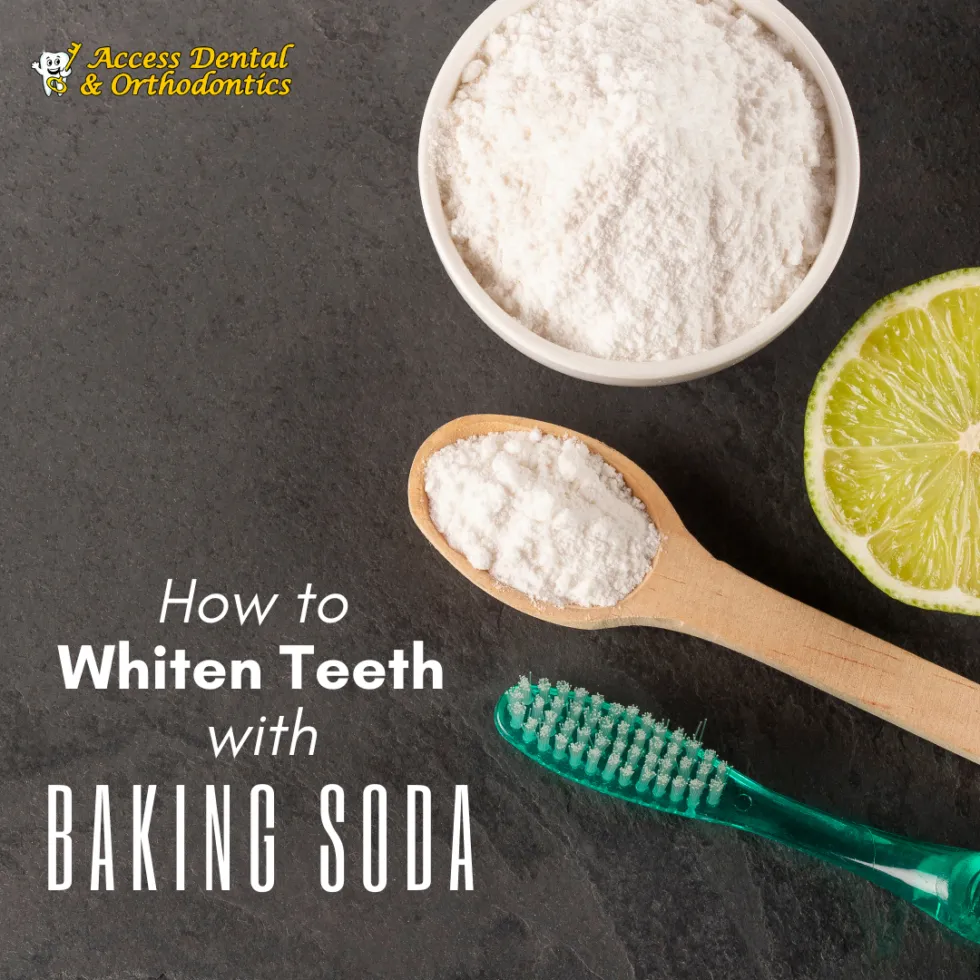
Besides baking soda, there are other natural methods you can use to whiten your teeth. These alternatives often complement or enhance the effects of baking soda while reducing the risk of potential side effects. Oil pulling with coconut oil is a popular practice. The activated charcoal is another option for removing surface stains. Incorporating crunchy fruits and vegetables into your diet can also help to gently scrub your teeth. Choosing these natural methods allows you to maintain a brighter smile while being mindful of your oral health. Explore these alternatives to find the best fit for your needs and preferences, and remember to consult with your dentist before making significant changes to your oral hygiene routine.
Oil Pulling with Coconut Oil
Oil pulling is an ancient Ayurvedic practice that involves swishing oil in your mouth for a certain amount of time to remove bacteria, toxins, and promote oral health. Coconut oil is a popular choice for oil pulling. It has antibacterial properties that can help reduce plaque, and it can also help whiten your teeth. To do oil pulling, take about a tablespoon of coconut oil and swish it around your mouth for 15-20 minutes. Make sure the oil reaches all areas of your mouth. After swishing, spit the oil into a trash can (not your sink, as it can clog the drain) and rinse your mouth with water. Oil pulling is a gentle and natural way to improve your oral health and may contribute to whiter teeth over time. It’s important to incorporate this method consistently to experience its benefits.
Using Activated Charcoal
Activated charcoal is another natural teeth-whitening method that has gained popularity. It’s a fine, black powder made from a variety of sources, such as coconut shells. Activated charcoal is highly absorbent and can help remove stains from the surface of your teeth. To use activated charcoal, wet your toothbrush and dip it into the powder. Gently brush your teeth for about two minutes, paying attention to all surfaces. After brushing, rinse your mouth thoroughly with water. Some users find that using a regular toothpaste afterward helps remove any remaining charcoal residue. While activated charcoal can be effective in removing surface stains, it’s important to use it with caution. Excessive use can potentially wear down your enamel. It is best to consult with your dentist before using activated charcoal to ensure it is safe for your oral health.
Eating Crunchy Fruits and Vegetables
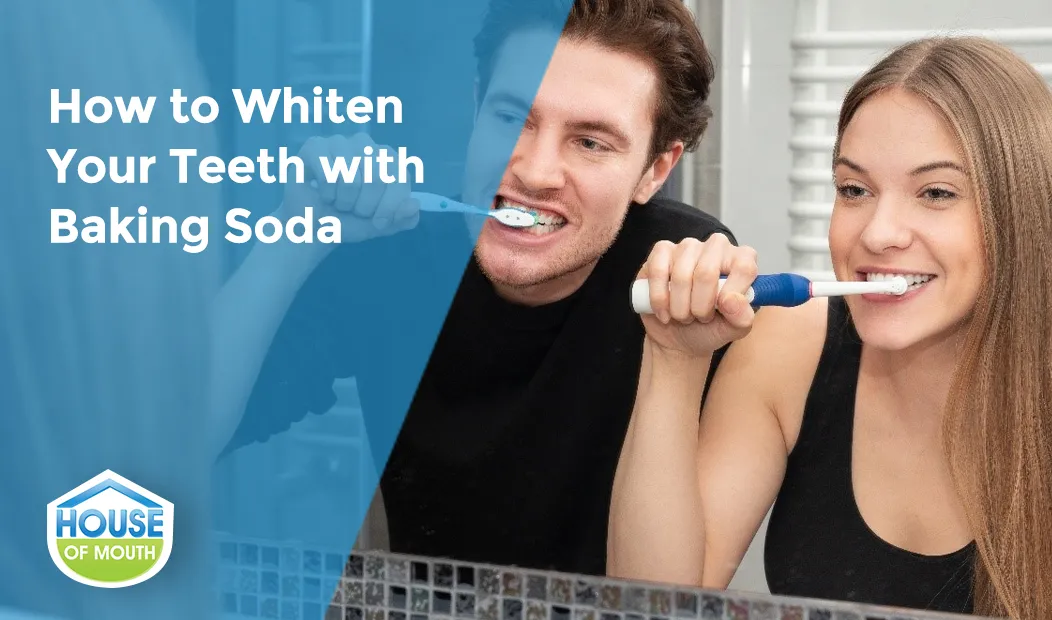
Incorporating crunchy fruits and vegetables into your diet can be a simple and natural way to contribute to teeth whitening. Foods such as apples, carrots, celery, and cucumbers have a natural abrasive quality. As you chew these foods, they can help to scrub away surface stains and plaque. In addition, these foods stimulate saliva production. Saliva is important for neutralizing acids and washing away bacteria in the mouth. The increased saliva production can contribute to better oral health, including whiter teeth. Besides the whitening benefits, these foods are also rich in vitamins and minerals, which are essential for overall health and strong teeth. By making these foods a regular part of your diet, you can gently support your teeth-whitening efforts while promoting overall oral health. This is a simple and healthy way to maintain a brighter smile.
In conclusion, while baking soda can be an effective and accessible tool for teeth whitening, it is essential to use it safely and responsibly. By understanding how it works, the benefits it offers, and the potential risks, you can make informed decisions about your oral health. Combining baking soda with other natural methods, such as oil pulling and eating crunchy fruits and vegetables, can enhance your results. Remember, consistency and proper technique are key. Always consult with your dentist for personalized advice and to ensure the methods you choose are suitable for your specific needs and oral health. By adopting a balanced approach, you can achieve a brighter smile while maintaining optimal oral health.
